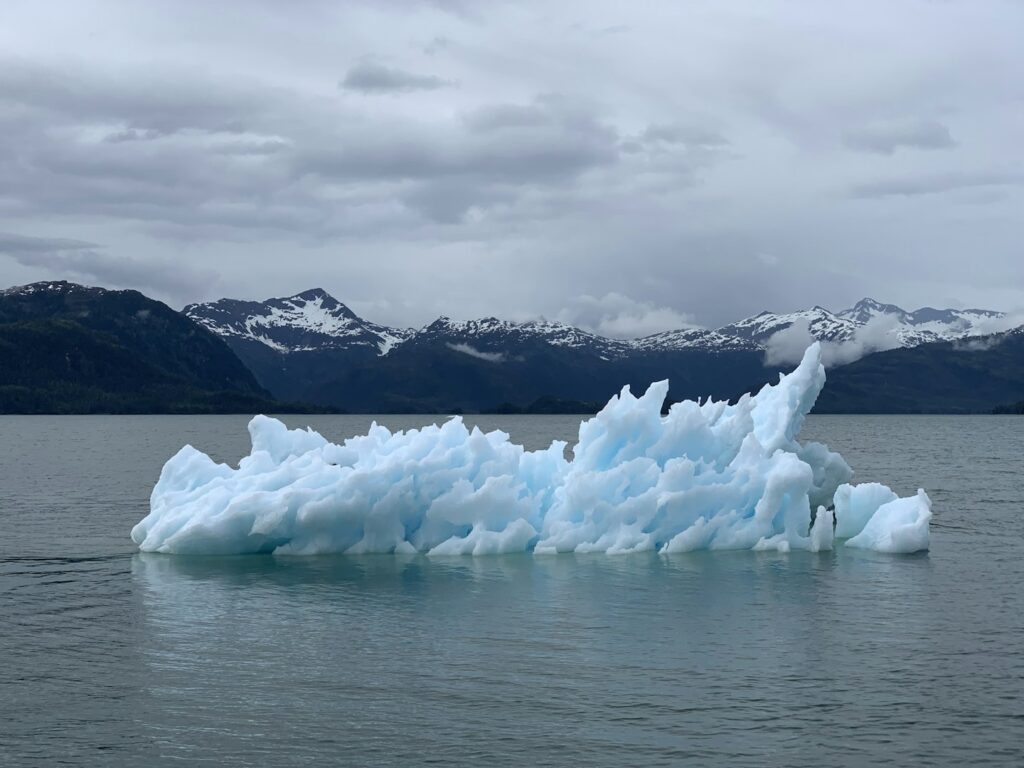A climate scientist's favourite equation
The surface energy balance tells us how much the surface of an ice sheet melts, depending on the weather and climate conditions. It can be written as
– k \frac{\partial T}{\partial z} + \chi (1-a) Q_{\mathrm{si}} + Q_{\mathrm{li}} + Q_{\mathrm{lo}} + \mathrm{SHF} + \mathrm{LHF} +E_{\mathrm{p}} = \rho_{\mathrm{w}} \mathcal{L} m_{\mathrm{surf}}
The terms on the left-hand side are the energy fluxes provided to the surface: heat from the ice below, radiation from the sun, thermal radiation (this is emitted from the ice into the atmosphere and some can be reflected back down off of clouds), transfer of heat from/to warm or moist air, and heat provided by snow and rain. These add together to give the total energy available to melt the ice surface.
The surface energy balance is a key part of working out how much the ice sheets will melt and contribute to sea level rise in response to climate change. It also applies in other areas of climate modelling: for example, the ocean surface satisfies a surface energy balance too.

